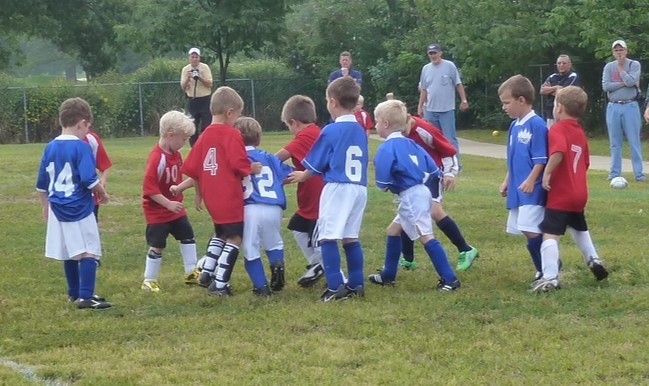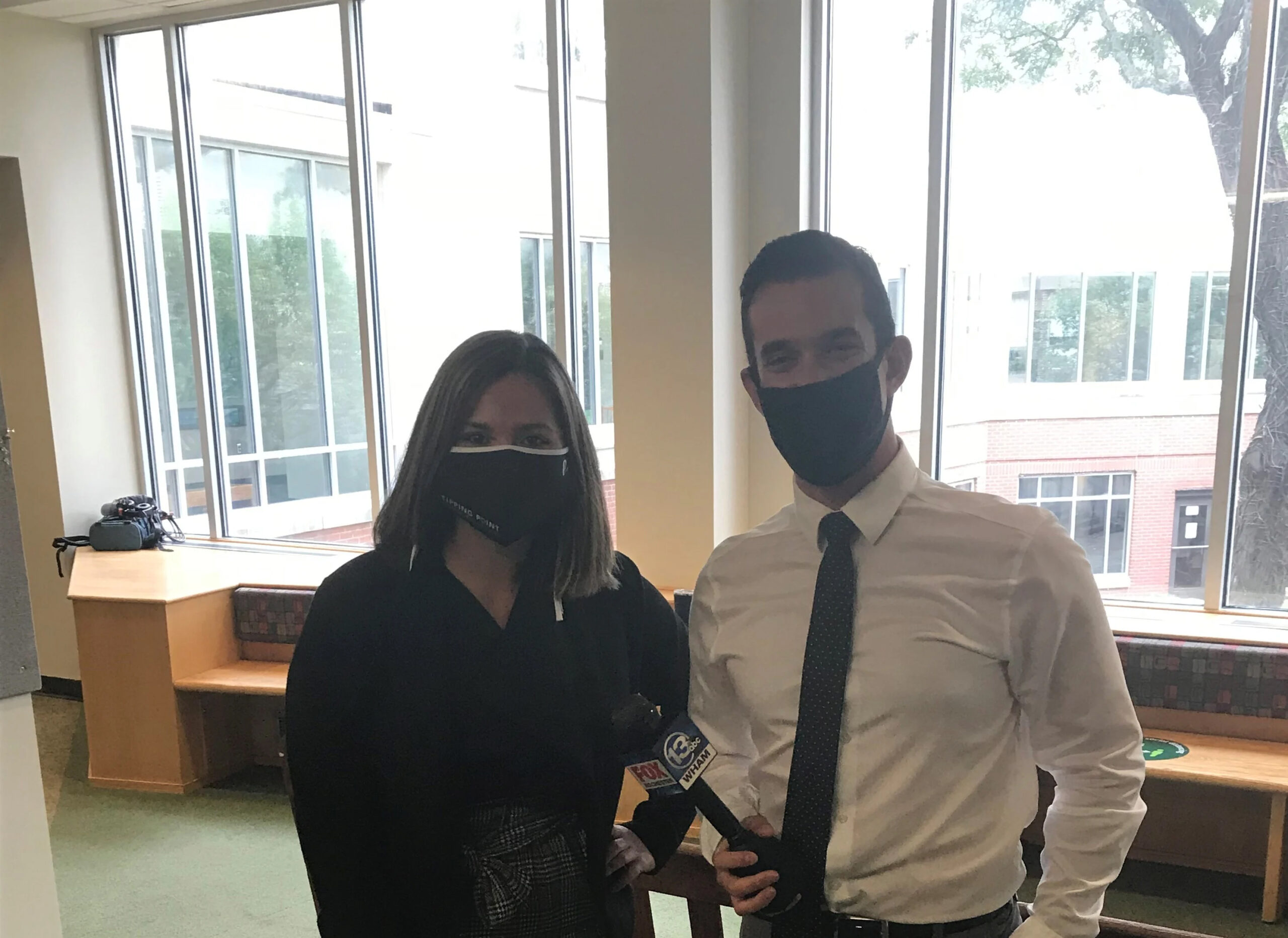“A great band is more than just some people working together.
It’s like a highly specialized army unit, or a winning sports team. A unique combination of elements that becomes stronger together than apart.”
— Steven Van Zandt

When in concert, Steven Van Zandt plays guitar. Off-stage, he writes and arranges songs, produces albums and film/TV projects, acts, runs a foundation, and hosts a nationally syndicated radio show, among other things. But on-stage, he’s responsible for playing lead guitar.
We know that’s his job, he knows that’s his job — and he’s great at it. And because he’s focused on his role and responsibilities (and not anyone else’s), is talented, and knows where the band is heading from the start of a concert to the end, he is in a position to add to the band’s success.
This idea holds true for any group of people working together. Musical groups… sports teams… military units… and crisis communications teams. If you want successful crisis communications outcomes, you must define your crisis communications team BEFORE crisis hits.
Team members must:
- Know they’re on the team
- Know their roles
- Understand their responsibilities
- Recognize their fellow team members and what
each of them brings to the group
1. As you pull your crisis “band” together, start by making a list of necessary roles. This list likely will include:
- Crisis communications team lead
- Spokesperson
- Media relations lead
- Social media lead
- Employee relations/HR lead/liaison
- Customer service liaison
- Legal counsel
Depending on your organization, you may also choose to include roles like:
- Board of directors relations/liaison
- Security lead
- Facilities liaison
“Leads” are in charge. Their responsibilities are clear: to be accountable for outcomes. Some leads will have internal resources and consultants reporting to them, others may be individual contributors.
“Liaisons” connect your crisis communications team to other important groups within the organization. They are responsible for two-way communications with these groups — sharing messages that come out of the crisis communications team, and sharing insights/reactions from their groups back with the crisis communications team.
2. Once you’ve developed your list of team roles, then assign individuals to serve in those roles. Always start with the roles first — then link names to each. Note, some team members may have more than one role, but all roles have only one person assigned.
An easy analogy is a soccer team. When on the field, team members assume specific positions, including: center midfielder, right wing, midfielder, goalie, etc. The coach defines the starters, and they take the field first. You also have a bench of qualified players who can jump in when and as needed (but only if the original player has to leave the field). And you have coaching and medical (support) staffs, who are there in case a player needs more help behind-the-scenes.

So although each role may have a “back-up” identified (your bench player), that player does not step into a lead or liaison role if the primary team member is active. And when they do step in, they completely understand the spot they’re filling and the responsibilities of that position.
Build your team with this level of clarity, and you avoid well-intentioned team members bumping into each other when in action. Think of kindergarten soccer teams. Cute, but not effective. Kids get better as they understand the concept of playing to position.
3. Crisis communications team members don’t receive colorful uniforms. In some organizations, crisis communications team members don’t even know they’re on the team!
So the next crucial step in establishing your team is alerting your team members that they’ve been assigned. Do this before crisis hits. Hold a full team meeting, during which you introduce each team member, his or her role, and review responsibilities.
Have team members ask questions about their roles and others. Work out any confusion and potential overlap in roles.
Get clarity now, before it’s game time. {{cta(’31e34276-e2b2-4367-a7da-a9301a123522′)}}
In the scheme of crisis communications planning, the #1 most important thing to do well — define and prepare your team — is perhaps the toughest. But once you have the positions and the players set, the rest of crisis planning and crisis response is so much easier. All because you’ll have a talented group around you working towards the same end.
Good luck!
{{cta(‘18883645-893d-4605-b578-34f507b9ed55’)}}








